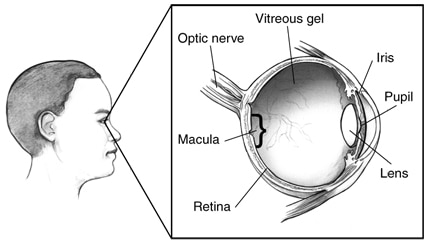Suicide has claimed the lives of police men and women, soldiers, and our youth. It is a brain disease, as Kay Redfield Jamison, Ph.D., explains.
To Know Suicide
Depression Can Be Treated, but It Takes Competence
Excerpted from the New York Times.
By KAY REDFIELD JAMISON
...Certainly,
stress is important and often interacts dangerously with depression.
But the most important risk factor for suicide is mental illness,
especially depression or bipolar disorder (also known as
manic-depressive illness). When depression is accompanied by alcohol or
drug abuse, which it commonly is, the risk of suicide increases
perilously.
Suicidal
depression involves a kind of pain and hopelessness that is impossible
to describe — and I have tried. I teach in psychiatry and have written
about my bipolar illness, but words struggle to do justice to it. How
can you say what it feels like to go from being someone who loves life
to wishing only to die?
Suicidal
depression is a state of cold, agitated horror and relentless despair.
The things that you most love in life leach away. Everything is an
effort, all day and throughout the night. There is no hope, no point, no
nothing.
The
burden you know yourself to be to others is intolerable. So, too, is
the agitation from the mania that may simmer within a depression. There
is no way out and an endless road ahead. When someone is in this state,
suicide can seem a bad choice but the only one.
It
has been a long time since I have known suicidal depression. I am one
of millions who have been treated for depression and gotten well; I was
lucky enough to have a psychiatrist well versed in using lithium and
knowledgeable about my illness, and who was also an excellent
psychotherapist.
Severely
depressed patients, and their family members when possible, should be
involved in discussions about suicide. Depression usually dulls the
ability to think and remember, so patients should be given written
information about their illness and treatment, and about symptoms of
particular concern for suicide risk — like agitation, sleeplessness and
impulsiveness. Once a suicidally depressed patient has recovered, it is
valuable for the doctor, patient and family members to discuss what was
helpful in the treatment and what should be done if the person becomes
suicidal again.
People
who are depressed are not always easy to be with, or to communicate
with — depression, irritability and hopelessness can be contagious — so
making plans when a patient is well is best. An advance directive that
specifies wishes for future treatment and legal arrangements can be
helpful. I have one, which specifies, for instance, that I consent to
ECT if my doctor and my husband, who is also a physician, think that is
the best course of treatment.
Learn more about the brain! Order today!
Learn more about the brain! Order today!
Praise for Healing the Brain
"A
book that can help medical professionals as well as the general public,
Mr. Balog has tackled a subject that is complex and he makes it quite
approachable. It has added and enriched my own practice of medicine by
making me more aware of issues not often discussed in medical circles."--Peter Paganussi, MD, Virginia
"Author
David Balog has done an excellent job of creating a book for educators
(or anyone working with youth) that explains the complicated workings of
the brain in an easy to understand manner. Balog goes on to discuss
various types of trauma and how the adolescent brain responds to trauma
such as depression, stress, addiction, risk taking, PTSD, etc. LGBT/Q
youth may experience trauma in ways majority youth often do not. The
author shares important coping strategies....I highly recommend this
book!"--Carol Dopp, M.Ed.
"David
Balog understands the strain of alienation, so he tackles this subject
with compassion and concern. Mr. Balog draws on his knowledge of brain
science to give readers insight into what happens to young people under
tremendous stress, and he offers practical advice on how to help and
cope."--Gary Cottle, author
"Provides
comfort and learning to the reader. Flows easily from one topic to the
next and knits tidbits of information together in a unifying mosaic.
Easy to read. Difficult to put down." --Michael J. Colucciello, Jr., New York State Dept. of Mental Health researcher, retired.
"Well
researched, fleshed out with relevant case histories, this book packs a
lot of solid information into its 152 pages. Written in an engaging
style for the layman, it covers a wide range of topics. One learns a
great deal about the biology of stress, particularly the vulnerability
of the brain in the pre-adult years. This book also provides a glossary
of key brain science terms and a listing of organizations serving the
LGBT /Q community and resources on the brain."--Gary Bordzuk, librarian














